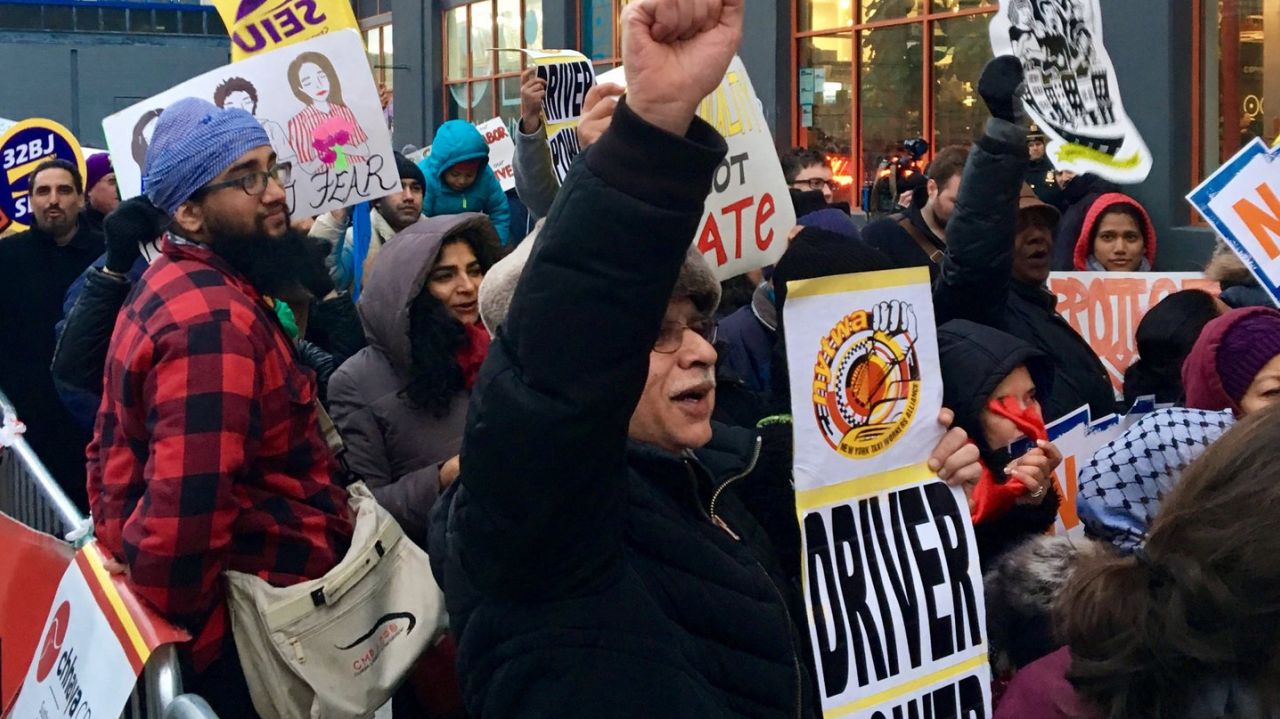By Phillip Jones
While walking to my first class this semester, I was approached by a promoter for the ride sharing service Lyft. He enthusiastically informed me that Lyft had finally brought their services to the city of Athens and then handed me a card containing a code for $50 of Lyft credit. Like so many other cities, Athens has become a destination for ride sharing companies such as Lyft to set up shop and shake up the existing taxi industry.
To many, this has been a welcome change; Lyft and Uber have proven through their successful platforms that they have much to contribute to transportation systems in cities around the world. However, these ride-sharing services are usually only practical for infrequent social trips and for the relatively wealthy who can afford to hail a ride. Therefore, the question remaining is whether these ride-sharing models have more to offer to members of every socioeconomic class. If ride-sharing models were expanded to the point that they could become affordable methods of day-to-day transportation, they could become a much-needed addition to metropolitan area public transit systems.
Ride-sharing companies, the most popular being Uber and Lyft, began as Silicon Valley start-ups that launched in San Francisco in 2010 and 2012, respectively. Since then, they have had remarkable success, with Uber spreading to 536 cities worldwide and Lyft spreading to around 300 cities. Their rapid geographical expansion is even more impressive considering the backlash they faced from the traditional taxicab industry.
While such ride sharing services have forged their way into people’s everyday lives in recent years, their revolutionary business and technological designs should not be taken for granted quite yet. These services are a component of a relatively new phenomenon called the shared economy. Alex Stephany, author of “The Business of Sharing”, defines it broadly as “the value in taking underutilized assets and making them accessible online to a community, leading to a reduced need for ownership of those assets”.
Essentially, these platforms gather a supply of goods and services from users wishing to utilize the idling capacity of their assets and provide an efficient way for consumers to access those assets. In the context of the ride sharing service, platforms such as Uber and Lyft utilize a driver’s time and vehicle in order to create a supply of taxi rides for consumers who desire a quick and affordable way to get around town.
The societal benefits of these platforms are apparent; they reduce the necessity of owning a car, create value from underutilized resources, and provide a flexible way for Uber and Lyft drivers to supplement their incomes. However, Uber and Lyft are not a reliable way to get around on a daily basis. Currently, the lowest-cost Uber in Atlanta costs $0.12 per minute and $0.75 per mile with a base fare of one dollar, which is too expensive for every day use. For example, if a person were to Uber 20 miles each work day for a total of 40 minutes, this would cost more than $5000 a year just to commute to and from work. Therefore, these ride sourcing services are usually used for social trips between 10pm and 4am, which are times in which traditional public transit runs infrequently or is unavailable.
There is evidence that Atlanta’s public transit networks need to be addressed so that it can become an economical and efficient transportation solution for its rapidly growing metropolitan area. For example, according to a 2012 Politifact article, Metro Atlanta drivers spend on average 260 hours per year commuting to and from work. By comparison, similar sized metropolitan areas Detroit and Phoenix spend on average 210 hours and 205 hours per year, respectively.
This commuter burden can be much worse for those in lower socioeconomic situations. A 2014 article in Politico Magazine titled “Sprawled Out in Atlanta” explains how demographical changes in Atlanta are making the need for effective public transit imperative. Between 2000 and 2011, there has been a 159 percent rise in poverty rates in Atlanta’s suburbs, which is evidence that the urban poor are moving from the city center to the suburbs. The suburban poor are often left deadlocked in their communities due to their lack of access to cars and the inadequacies of Atlanta’s public transit.
This is large problem for the suburban poor. Harvard University researchers have conducted studies demonstrating a strong inverse correlation between commuting time and the odds of escaping poverty, suggesting that Atlanta’s inadequate transit system is a deterrent on economic mobility of the metropolitan poor.
Could the Shared Economy’s ride sharing services offer a possible solution to these problems? Both Uber and Lyft have carpooling services that match riders with drivers going in the same direction. By utilizing the empty space of commuter’s cars, these platforms provide a way for drivers to make some additional money and for the rider to get a necessary service at an inexpensive cost. Perhaps if these services were expanded upon and funded privately or publicly, they could become an efficient way to connect urban and suburban individuals to other forms of public transit.
There are doubts concerning the feasibility of the wide-scale use of ride sharing platforms. Would it ever be possible for ride sharing fares to go down far enough for it to be affordable for those living in poverty? Would the scale of ride sharing platforms ever become large enough to serve as a reliable way to commute to work? Are the pre-existing public transit routes, such as metros, subways, and buses, a better alternative to ridesharing?
Currently, it is unrealistic to think that ride sharing can provide a solution to all of Atlanta’s problems concerning public transportation. However, the inherently flexible, large-scale, and cost efficient nature of online ride sharing platforms should make them attractive prospects to policy makers concerned with improving transportation systems in Atlanta and other metropolitan areas. Only time will tell if governments and corporations will expand the benefit of ride sharing services to all of its metropolitan inhabitants. However, with information technology advancing at a breakneck speed, the wait will probably not be long.


